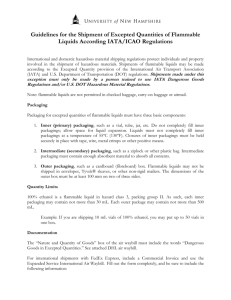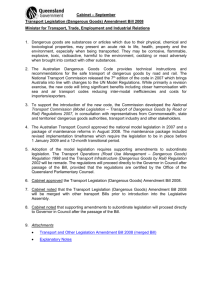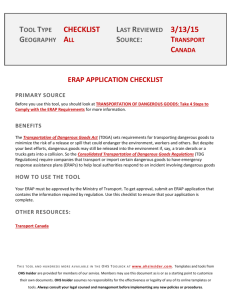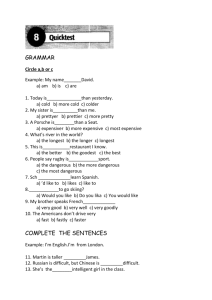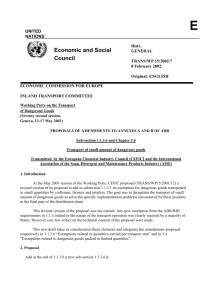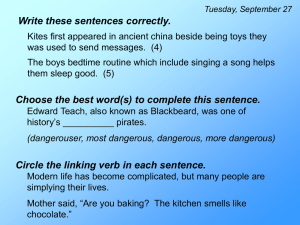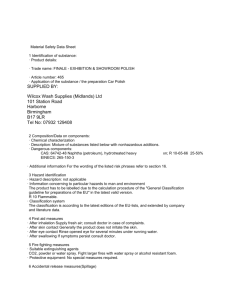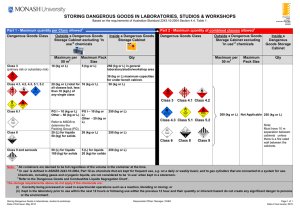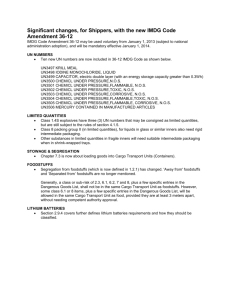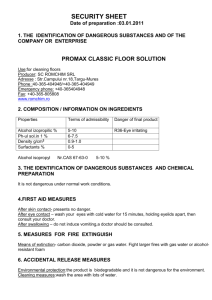read more
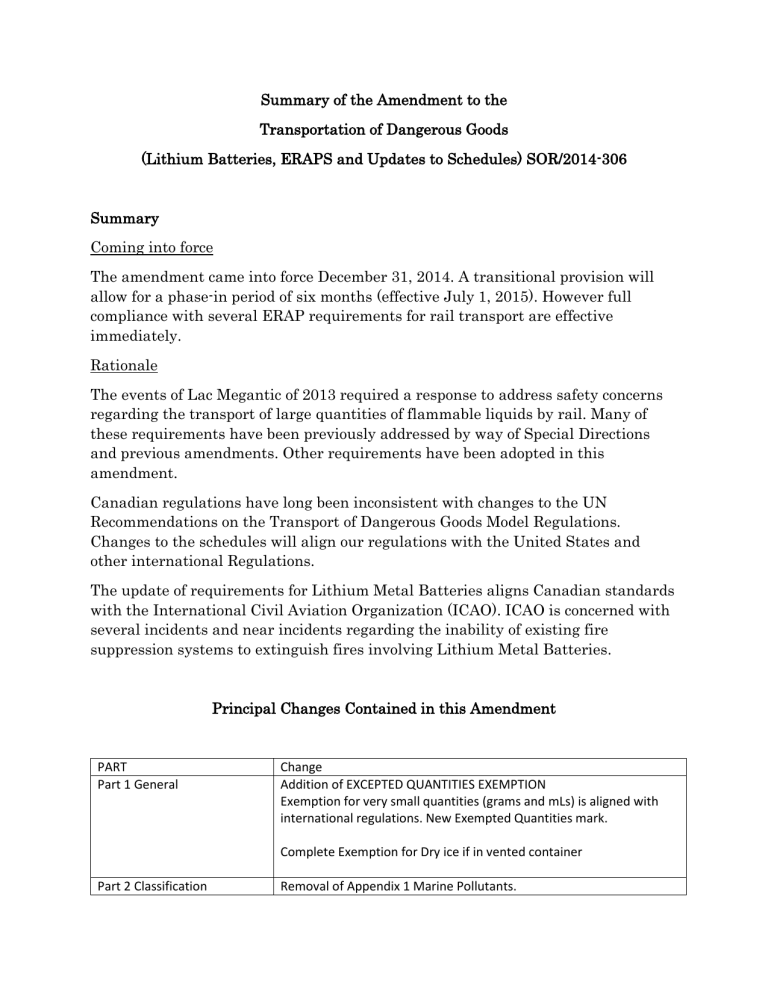
Summary of the Amendment to the
Transportation of Dangerous Goods
(Lithium Batteries, ERAPS and Updates to Schedules) SOR/2014-306
Summary
Coming into force
The amendment came into force December 31, 2014. A transitional provision will allow for a phase-in period of six months (effective July 1, 2015). However full compliance with several ERAP requirements for rail transport are effective immediately.
Rationale
The events of Lac Megantic of 2013 required a response to address safety concerns regarding the transport of large quantities of flammable liquids by rail. Many of these requirements have been previously addressed by way of Special Directions and previous amendments. Other requirements have been adopted in this amendment.
Canadian regulations have long been inconsistent with changes to the UN
Recommendations on the Transport of Dangerous Goods Model Regulations.
Changes to the schedules will align our regulations with the United States and other international Regulations.
The update of requirements for Lithium Metal Batteries aligns Canadian standards with the International Civil Aviation Organization (ICAO). ICAO is concerned with several incidents and near incidents regarding the inability of existing fire suppression systems to extinguish fires involving Lithium Metal Batteries.
Principal Changes Contained in this Amendment
PART
Part 1 General
Part 2 Classification
Change
Addition of EXCEPTED QUANTITIES EXEMPTION
Exemption for very small quantities (grams and mLs) is aligned with international regulations. New Exempted Quantities mark.
Complete Exemption for Dry ice if in vented container
Removal of Appendix 1 Marine Pollutants.
Part 3 Documentation
Part 4 Safety Marks
Part 7 ERAP
Schedule 1
Dangerous Goods List by UN
Numbers
Schedule 2
Special Provisions
Schedule 3
Dangerous Goods List by
Shipping Name
Revised Marine Pollutant requirement.
Option to show UN Number first in description is repealed. UN number must be shown first.
Technical name to be “at least one of the most dangerous substances”.
“Residue Last Contained” may be shown before or after the description.
In addition to Placard and UN Number, the Elevated Temp sign must be displayed for any liquid over 100C or solid over 240C In large containment.
Section 7.1(6) revised.
ERAP required for 11 Flammable liquids by rail.
Requirement effective immediately except for two. Requirement for
Alcohols NOS and Sour Petroleum Crude Oil Flammable Toxic effective
June 1 st .
Note; Current wording would require ERAPs for these dangerous goods by road effective July 1 st . This was not intended by Transport
Canada and will be corrected.
Schedule 1 is entirely replaced .
Many deletions and additions of new shipping names and UN Numbers aligned to UN Recommendations and CFR 49.
Addition of UN 3494 SOUR PETROLEUM CRUDE OIL FLAMMABLE
TOXIC.
New Excepted Quantity and Column 6a and 6b.
Extensive deletions, revisions and 48 additions
SP 16- technical name to be “at least one of the most dangerous substances”.
SP 18- Dry ice not regulated if vented.
SP106- if Petroleum Crude Oil UN1267 can evolve H2S,
“ toxic by inhalation” must be added to document and near placards.
Schedule 3 is entirely replaced
